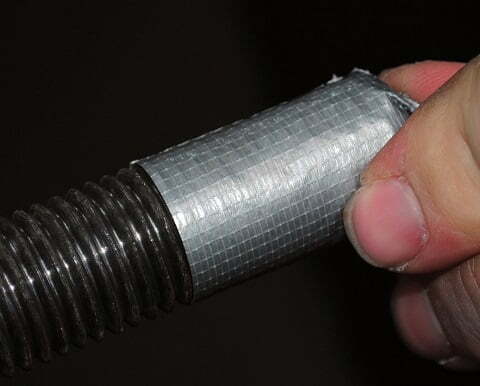
Protecting Threads During Galvanising
Protecting Threads During Galvanising When galvanizing a steel article, it may
Agriculture in Europe is a highly competitive business which therefore needs the best possible return fro its assets. This means that all equipment, machinery, buildings and fittings must be cost effective in the short term and still provide long term benefits such as durability and low maintenance costs.
Low maintenance costs are expected of the machines and equipment in spite of the fact that they will have to run each day in hard, tough, dirty conditions.
Many agricultural fittings and equipment items are made of steel. Examples include fences, gates, stalls, greenhouses, structural steelwork, containers and general equipment. However, steel must be protected from corrosion and hot dip galvanising is one of the simplest and most durable methods available.
Clean country air, free of industrial pollution, is not a corrosion hazard but there is a number of other solid, liquid and gaseous media with highly corrosive properties. For instance, stall fittings are subject to a high degree of corrosion due to animal waste, urine and other pollution. In stables the temperatures are higher as is the moisture level and there are increased levels of ammonia too. All this combines to make an extremely corrosive environment.
Other situations can also be corrosive. Equipment and fittings are subject to dirt and deposits as well as moisture which can increase corrosion especially in inaccessible places.
These conditions are extremely demanding upon the corrosion protection system. It must protect but at the same time be non toxic, absorb knocks, be hard wearing, last a long time and be competitively priced. Hot dip galvanising has the advantage that it meets all these criteria.
Traditional brick built buildings look very nice when viewing a farm but they are usually old and totally unsuited to today`s technology and equipment. Modern buildings made of steel have greater spans which allow better use of the space provided.
Steel is especially suitable for silos as its strength to weight ratio is high compared with its cost. Hot dip galvanising will protect the steel plate as well as the support steel for many years.
Grain can be safely stored in galvanised silos since its water content must be below 14% before storing. Both cylindrical and rectangular silos have been found to be satisfactory. Steel silos are also being used to store stationary liquid manure as tighter legislation has affected its dispersal. Hot dip galvanising can be used to protect the steel in these silos as well but should be combined with additional organic coating.
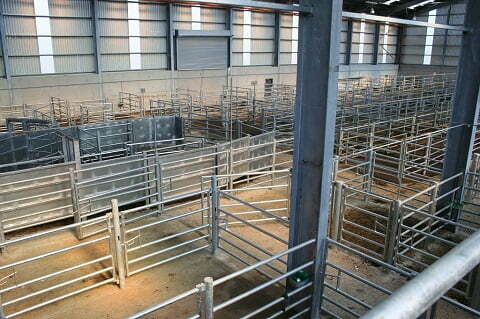
Depending upon the type of animal being housed, or the purpose of the building, there is a wide range of galvanised fittings available. These include partitions, gratings, tie rings, hay racks and feed troughs. All of them are subject to corrosive environments but good ventilation and cleanliness will prevent excessive corrosion of the zinc.
The galvanised coating will be rubbed by either the chafing of the animals of from friction of its tether. But the hard alloy layers in the coating will resist this kind of abrasion better than any other protective coating.
The zinc coating is in greater danger in the area near the floor due to the dung, urine and moisture which accumulates there. It is not the dung and urine (which contains ammonia) which attacks zinc so much as the high moisture levels which can prevent the formation of protective layer on the galvanising. Regular cleaning of the stable or shed will avoid this problem.
One simple preventative measure is to apply an additional coating of bitumen paint in the area around the base. It should be applied up to 25-30 cm from the ground. In the case of a post, it should be dipped in bitumen paint before being cemented into the ground. This is a comparatively easy way of ensuring long life from the galvanising. Hot Dip Galvanised Steel in Agriculture
An essential part of any farmer`s capital investment is in agricultural machines and equipment. Obvious outdoor examples of these are tractors, trailers, tools, combine harvesters and spray equipment. And inside the buildings can be found feed mixers, conveying plants, mechanical feeders and milking parlours.
The amount of corrosion protection needed by each piece of equipment will vary according to its use and the effects of mechanical stress and heat. In many cases those components which are subjected to potentially high levels of corrosion can be protected by hot dip galvanising.
In the world of market gardening, greenhouses with galvanised steel frames have been used for decades. Their large open spans and stable girder construction permit to use of special machines for cultivation and spraying. The steel must be able to withstand the sometimes corrosive environment (moisture, temperature and the effect of chemicals) inside the greenhouse, just as the outside of the greenhouse must be able to stand up to natural weathering including storms and snow. Hot dip galvanising meets these requirements.

Protecting Threads During Galvanising When galvanizing a steel article, it may
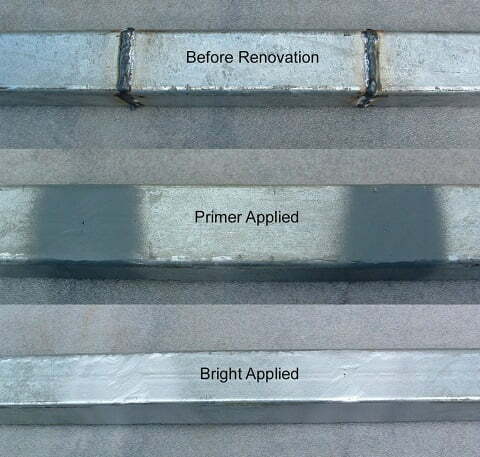
The galvanized coating applied by immersion in a bath containing molten zinc not
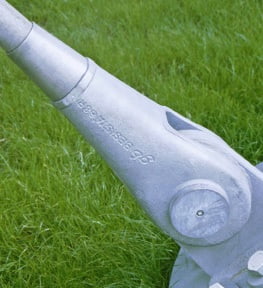
Galvanizing of castings is covered by EN ISO 1461:2009. Hot dip galvanizing of
For more information, please download the following resources:
At Sperrin Galvanisers, our highest priority is providing you unmatched service and support. Please contact our team, and we’ll be in touch as soon as possible.


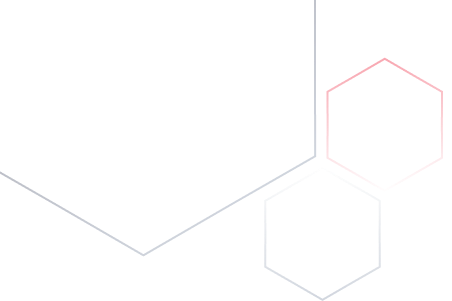

Unit 5, Industrial Estate, Magherafelt Road, Draperstown, Northern Ireland, BT45 7JT
Company Reg No is NI30946
Derryfrench, Tynagh, Loughrea,
Co. Galway, Ireland
Company Reg No is 319411